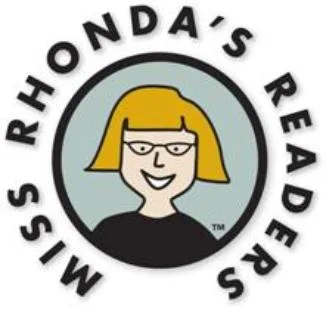Ready. Set. Read!
Get Ready!
·Read, read, read with your child.
·Limit the TV, the video games, the computers, the car electronics and the hand held anything for your child.
·Eat dinner together and have real conversations.
·Go outside and play. Swing, slide, spin, jump, balance, hang upside down, ride bikes, dance.
·Give your child some jobs around the house like helping to wash vegetables and fruit or sweeping the porch.
·Play games with sounds.Try mixing up words by asking, “Is this a c-c-cog? Or a r-r-rog? Or a d-d-dog?”This helps your child to isolate the first sound of a word.You can also simply repeat the first sound of a word by saying, “c-c-cat” or “m-m-mom”
·Play I Spy with sounds.You can say, “I spy something that starts with “b-b-b” and then try another one when your child guesses correctly that it’s a bird or a bush you’re talking about.
·Sing the alphabet song.
·Use the Alphabet Picture Cards to teach the first letter sounds and then match them with the pictures.Start small, in groups of 3. In the Montessori classroom, we teach the sounds of the letters first, not their names. Use the attached sound list to identify the phonetic sound of each letter. You can see the alphabet sound sheet here.
Get Set:
·When your child knows at least 16 letter sounds, let your child use the Alphabet Cards to sound out and “write” words like “cat” or “jump”.In the Montessori classroom, we use the moveable alphabet for this work.
·It is helpful to have an alphabet poster or placemat available so that your child can look for unknown letters and sounds instead of always asking for help.
·When it is comfortable for your child (not a chore), let them begin to sound out and read words from the Phonetic Word Cards or the Action Word Cards.Ask your child to use the word in a sentence when they sound it out.
·Teach sight words in groups of six using the Sight Word Cards. Explain to your child these are words we cannot sound out.Look ahead at early reader books and choose the first sight words from that book and review those with your child.
Read!
·Offer your child their first book to read after she can read the Phonetic Word Cards easily.Your child should read well enough that they enjoy the story without much help from you.Give your child a gift and let them be the first to read their own books. Set ONE and Set TWO are written to be fun and comfortable for a child’s first book experience. Set THREE introduce your child to the long vowels and phonograms.The last page of each chapter has a list of these focus words.
·The Phonogram Word Cards are also designed to teach the long vowels and phonograms.Primarily, they are used in the classroom or a home school setting and are not always a necessary purchase for the home.As your child progresses as a readers and discovers the long vowels and consonant blends, say, “When ‘c’ and ‘h’ are together they say ‘cha’ or when ‘o’ and ‘i’ are together they say, ‘oy’.”
·As your child progresses even further, carefully select books that will support their efforts. Enjoy reading all of the words around them like store signs and menus.
And remember…read, read, read with your child.

